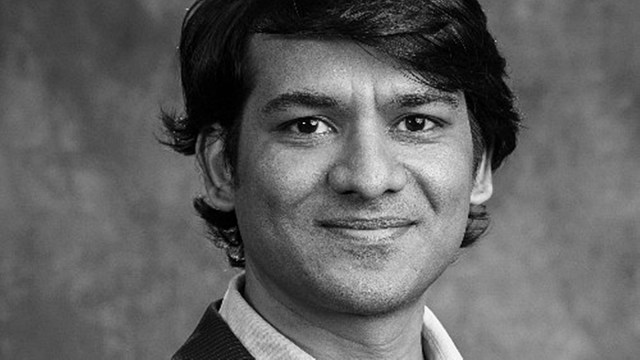Who is Aroh Barjatya, Indian-origin researcher who led NASA’s sounding rockets mission during solar eclipse
Aroh Barjatya is a professor of Engineering Physics and Director of Space and Atmospheric Instrumentation Lab at Embry-Riddle Aeronautical University (ERAU)
 “The mission was led by Aroh Barjatya, a professor of engineering physics at Embry-Riddle Aeronautical University in Florida, where he directs the Space and Atmospheric Instrumentation Lab,” NASA said in a statement. (LinkedIn/ Aroh Barjatya)
“The mission was led by Aroh Barjatya, a professor of engineering physics at Embry-Riddle Aeronautical University in Florida, where he directs the Space and Atmospheric Instrumentation Lab,” NASA said in a statement. (LinkedIn/ Aroh Barjatya)NASA on April 8 launched three ‘Atmospheric Perturbations around Eclipse Path (APEP)’ sounding rockets during the solar eclipse — visible in North America — to study how Earth’s upper atmosphere is affected when sunlight momentarily dims over a portion of the planet.
The mission was led by Aroh Barjatya, an India-born researcher.
Who is Aroh Barjatya?
Aroh Barjatya is a professor of Engineering Physics and Director of Space and Atmospheric Instrumentation Lab at Embry-Riddle Aeronautical University (ERAU)
He was born to Ashok Kumar Barjatya, a chemical engineer, and Rajeshwari, a homemaker. His sister Apurva Barjatya is a mechanical engineer. Aroh did his schooling in Patalganga near Mumbai and later went to schools in Hyderabad, Jaipur, Pilani, Solapur and completed his electronics engineering from Walchand Institute of Technology, Solapur.
He moved to the United States in 2001 and completed his masters in electrical and electronics engineering at Utah State University, according to his LinkedIn profile. He later pursued his PhD in spacecraft instrumentation from the Utah State University Research Foundation and has more than than 16 years of experience in space systems engineering and aerospace instrumentation research according to his LinkedIn profile.
“My deepest gratitude to all my fellow researchers at collaborating institutions and insanely capable and stellar students at Embry-Riddle Aeronautical University, as well as, most crucially, to everyone at NASA Wallops Sounding Rocket Program Office and NASA Goddard Space Flight Center for helping accomplish six complex rocket missions in six months!!!” Aroh Barjatya said in a post on LinkedIn after the launch.
Photos



- 01
- 02
- 03
- 04
- 05



























